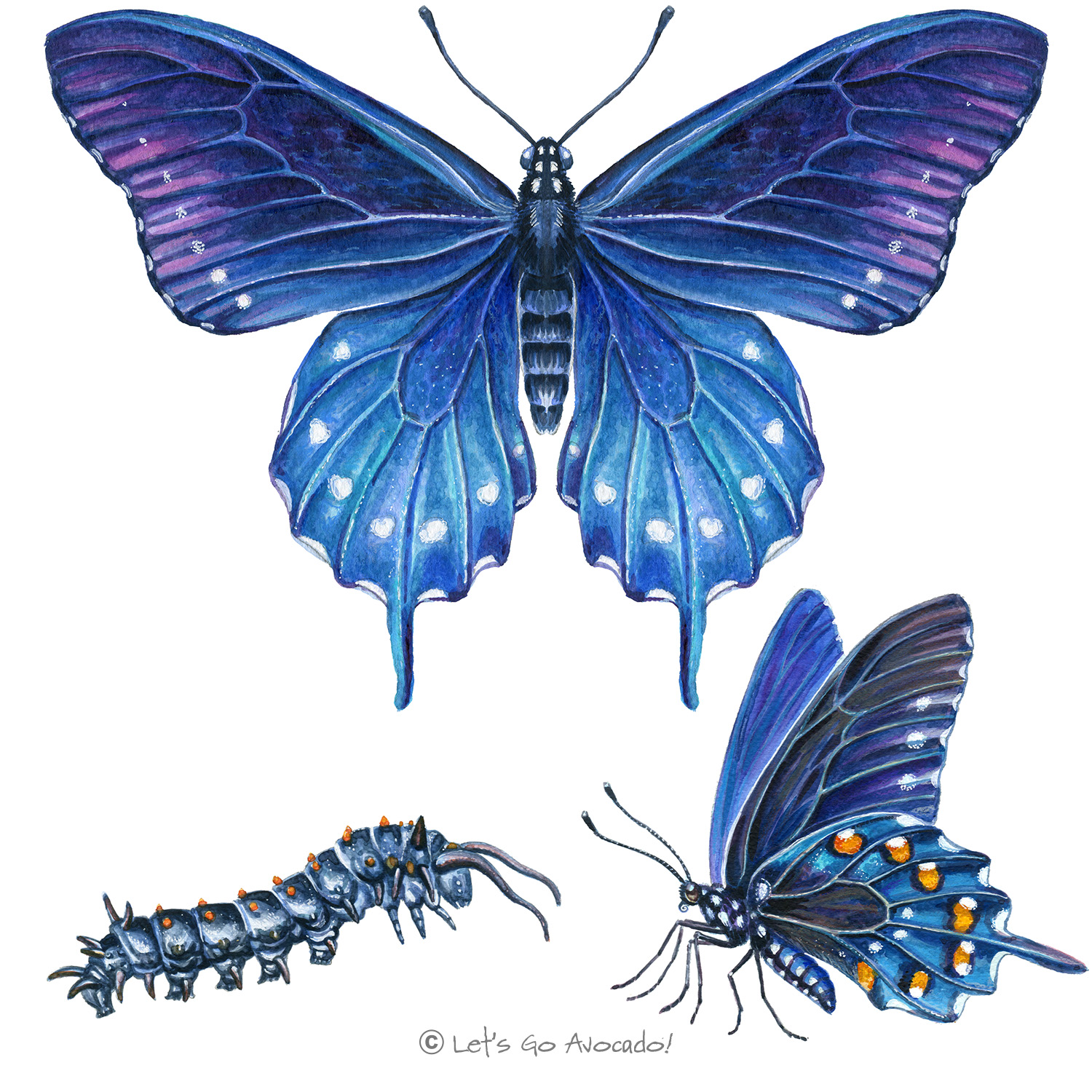

Pipevine Swallowtail
Blue Swallowtail
Battus philenor
This page may contain affiliate links.
Read our disclosure and privacy policy here.
The Pipevine Swallowtail is a beautiful butterfly renowned for its iridescent blue wings and the distinctive behavior of its caterpillars. This butterfly holds particular importance in the ecosystemAn ecosystem is a community of living organisms, like insects and birds, and non-living components, like water and rocks, that interact with each other in a specific area. Learn More due to its mutualistic relationship with the pipevine plant, from which it derives its name.
Pipevine Swallowtail
Common Name
Other Names
Latin Name
Distribution
Appearance
Size
Habitat
Diet
Lifecycle
Defense Mechanisms
Ecological Importance
ConservationThe act of protecting and preserving natural resources and the environment. Conservation efforts are important to protect beavers and their habitats. Learn More Status

There’s a lot to explore right where we are, in our own neighborhoods and backyards! Join us while we get off the couch and explore the everyday wonders of nature, science, space, engineering, art, and anything else we stumble upon during on our adventures.







